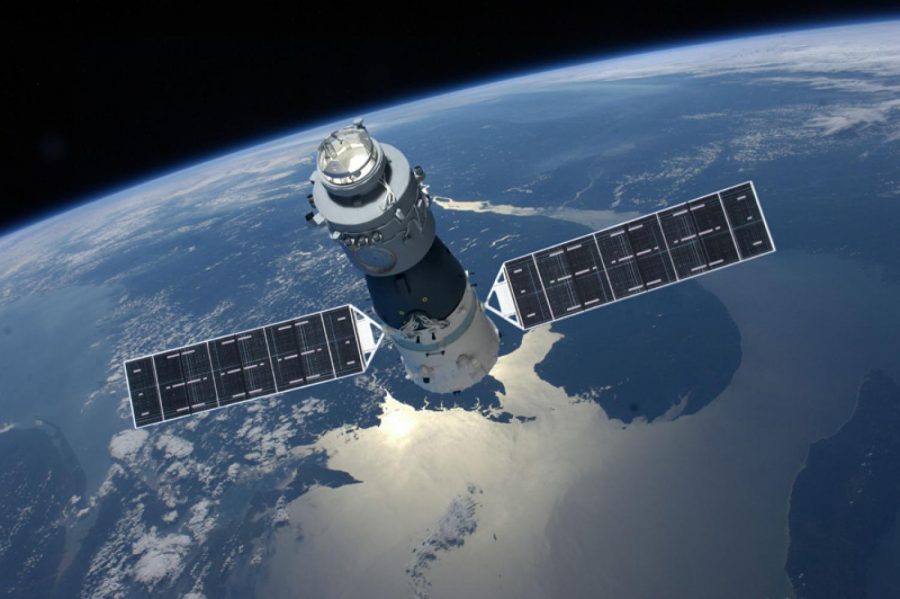Chinese officials have not given further information on Tiangong-1 because they just can’t. They just know that the country’s 8.5-tonne space station has accelerated in its descent, only a year after they learned that the Tiangong-1 or “Heavenly Palace” couldn’t be controlled anymore from Earth. The question is: where and when is it going to land?
When Chinese scientists launched Tiangong-1 into space in 2011, officials said they did it to put a “potent political symbol” of the country floating right up with the stars. This way, they would demonstrate the efforts of China to turn into a space superpower.

Everything was quite good at first. Scientists used the space station for both manned and unmanned missions. In 2012 Liu Yang, the first Chinese female astronaut, visited the space station. However, after rumors started and people wondered what could have happened to such a great Chinese symbol, authorities confirmed they had lost control of the Heavenly Palace.
What most surprised people was that Chinese authorities didn’t know the exact time and location it was going to strike Earth’s surface. At the time, they just estimated that it would crash between 2017 or 2018. But then, a space agency from the Asian country told the UN that the space station was expected to arrive our world between October 2017 and April 2018.
What we know for sure is that Tiangong-1 is slowly falling from space and that soon it would be dipped into more dense reaches of Earth’s atmosphere – which will produce a faster falling.
People should be careful, although chances are few
Of course, this will also make the space station burn at very-high degrees. But that doesn’t mean it’s going to consume entirely, or that all its pieces are going to stay all together until the end of the falling.
Analysis and calculations from Chinese scientists show that most parts of the space lab “will burn up during falling.” But everybody has to be careful because there’s still a possibility that some people may be reached with “lumps of about 100 (kilograms),” which would give them a “nasty wallop” if they hit them.
“Now that (its) perigee is below 300km and it is in denser atmosphere, the rate of decay is getting higher,” said the Harvard University renowned astrophysicist and a space industry enthusiast, Jonathan McDowell. “I expect it will come down a few months from now – late 2017 or early 2018. Even a couple of days before it re-enters we probably won’t know better than six or seven hours, plus or minus, when it’s going to come down.”
Fortunately, some researchers estimate that this might not represent any risk for no one, at all. This is not the first time that a space station, or any other space-navy, falls from up there.
There was a similar case in 1991 when Soviets didn’t know where its space station was going to crash after losing control of it.
The Soviet Union’s 20-tonne Salyut 7 was still attached to another 20-tonne spacecraft called Cosmos 1686. By fortune, neither hit anyone. They crashed over Capitán Bermúdez, an Argentine town.
NASA’s enormous 77-tonne Skylab also fell over Earth’s surface without being controlled. Some of its pieces arrived outside Perth in Western Australia.
Source: The Guardian
